What to plant in October – the best flowers and vegetables to grow this month
If you're wondering what to plant in October, discover the best advice on flowers, crops and more to grow now


When it comes to deciding what to plant in October, consider that this is the best time to be planning ahead for next year.
Fall is not generally thought of as growing season, but there is still lots of choice on what you can plant in readiness for spring, including hardy veg, bare root fruit trees, shrubs and spring blooms.
If you plan well now, you will be rewarded with a garden that bursts into color and life after a cold, dark winter, and a vegetable plot producing a long-lasting harvest.
So include some of the following garden ideas when planning a kitchen garden or dreaming of your garden's spring flower beds.
What to plant in October – veg crops to sow now
By planting some vegetables in fall, they will have time to establish over winter and will therefore produce a crop earlier than vegetables that are planted in the spring.
This is a good way to ensure a succession of crops to see you through a large part of the year.
There are many options for vegetables to plant in October for an early summer harvest.
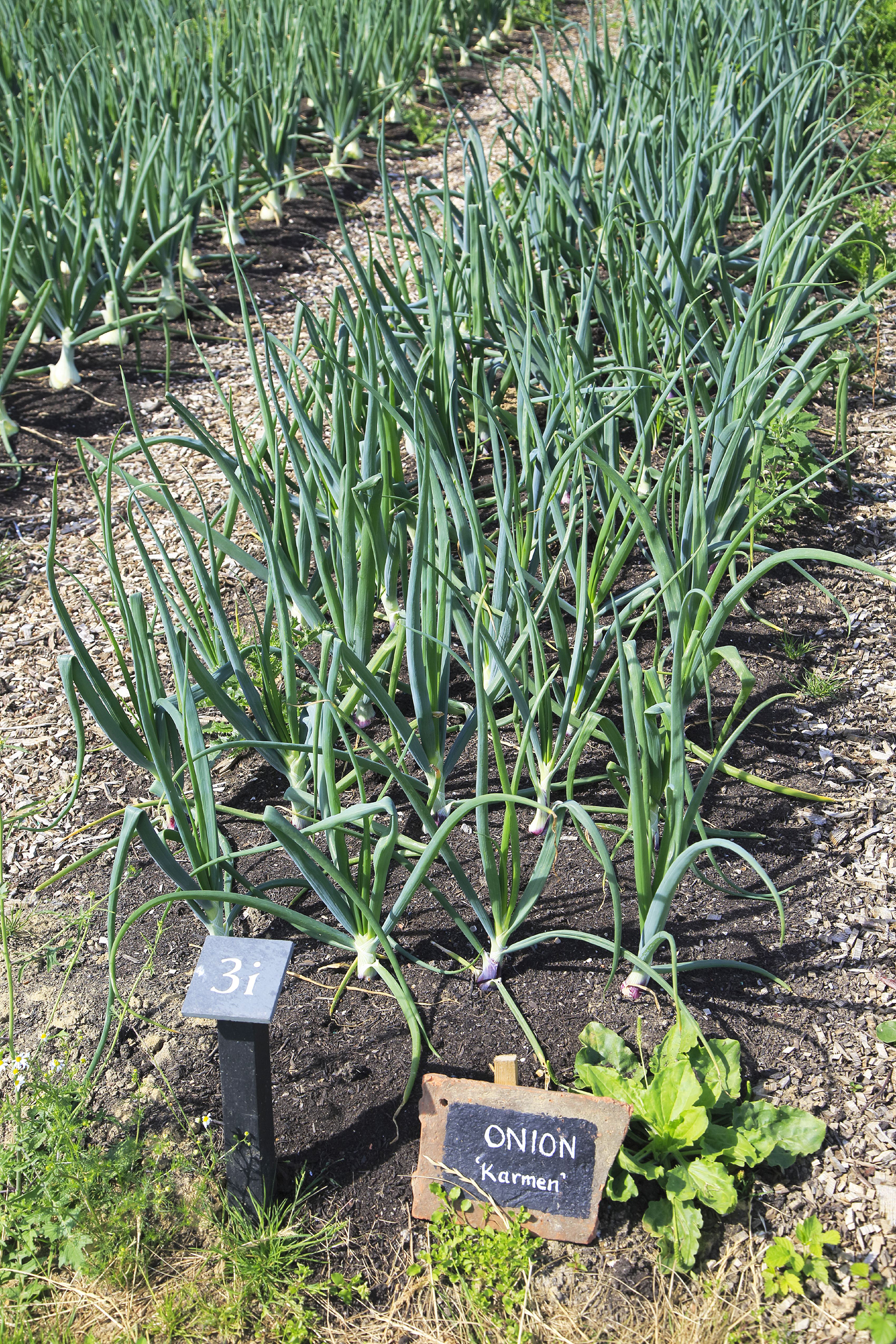
1. Onions
For the earliest onions to harvest next year, plant out sets of over-wintering varieties. Easy to grow, these stalwarts of the cook's larder can be used in a huge variety of dishes and cuisines, so should be top of any list of vegetable garden ideas.
'Plant onion sets now for the best sized bulbs next year,' advises gardening expert Sarah Raven.
Onions love fertile soil and full sun, so identify the ideal spot in your back yard and then make sure you're armed with all the knowledge you need for how to grow onions.
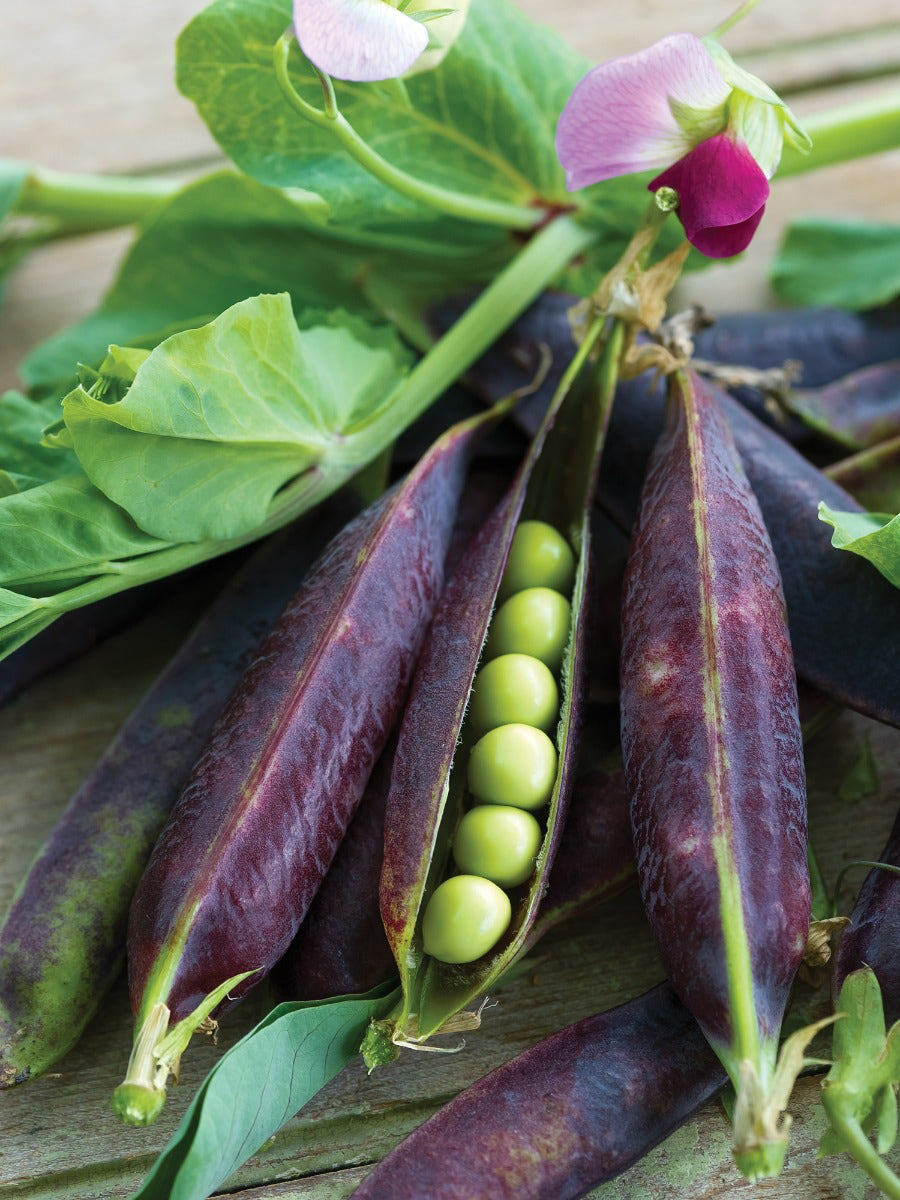
2. Peas
'Early-maturing varieties of peas can be sown outside now, but cover emerging seedlings with cloches to protect from then from the birds,' advises Sarah Raven.
These climbing plants are ideal for small vegetable garden ideas as they don't take up a lot of ground space. 'Support shorter peas on small stakes or a pea fence. Taller peas can be supported with a tower or trellis netting,' advise the experts at Burpee .
Once you have mastered how to grow peas, you will be rewarded with a generous yield of the sweetest crop, as the more you pick them, the more they produce.
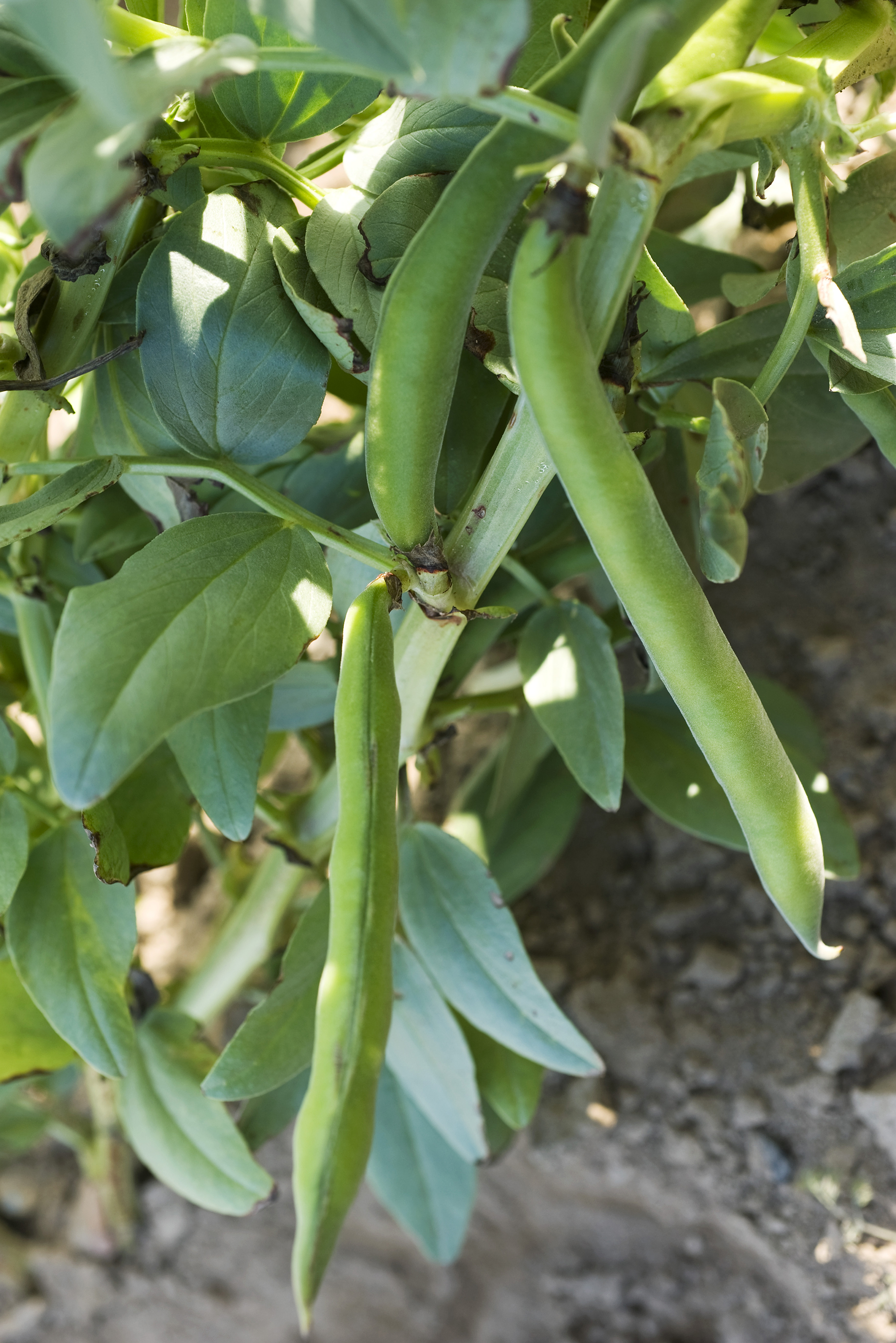
3. Fava beans – or broad beans
While the soil is still warm, the milder weather will encourage quick germination of vegetable seeds, and the soil is generally easier to keep moist at this time of year, too.
Fava bean, or broad bean 'Aquadulce Claudia' is one of the best varieties for planting in fall, overwintering on the plot for an early spring harvest, advise the experts at Thompson & Morgan.
Try companion planting – broad beans planted with summer savory will help repel the beans' common pest of black bean aphids, they add.
A hardy member of the legume family, fava beans have an amazing capacity to survive winter weather and are able to germinate at just 36°F (2°C). Learn how to grow fava beans and enjoy your homegrown crop of beans freshly shelled from their pods.
Flowers to plant in October
You want to get spring bulbs in the ground before the ground freezes, which can be from October to mid-December, depending on where you live. Hardy annuals should be another on the list for plants to sow in October.
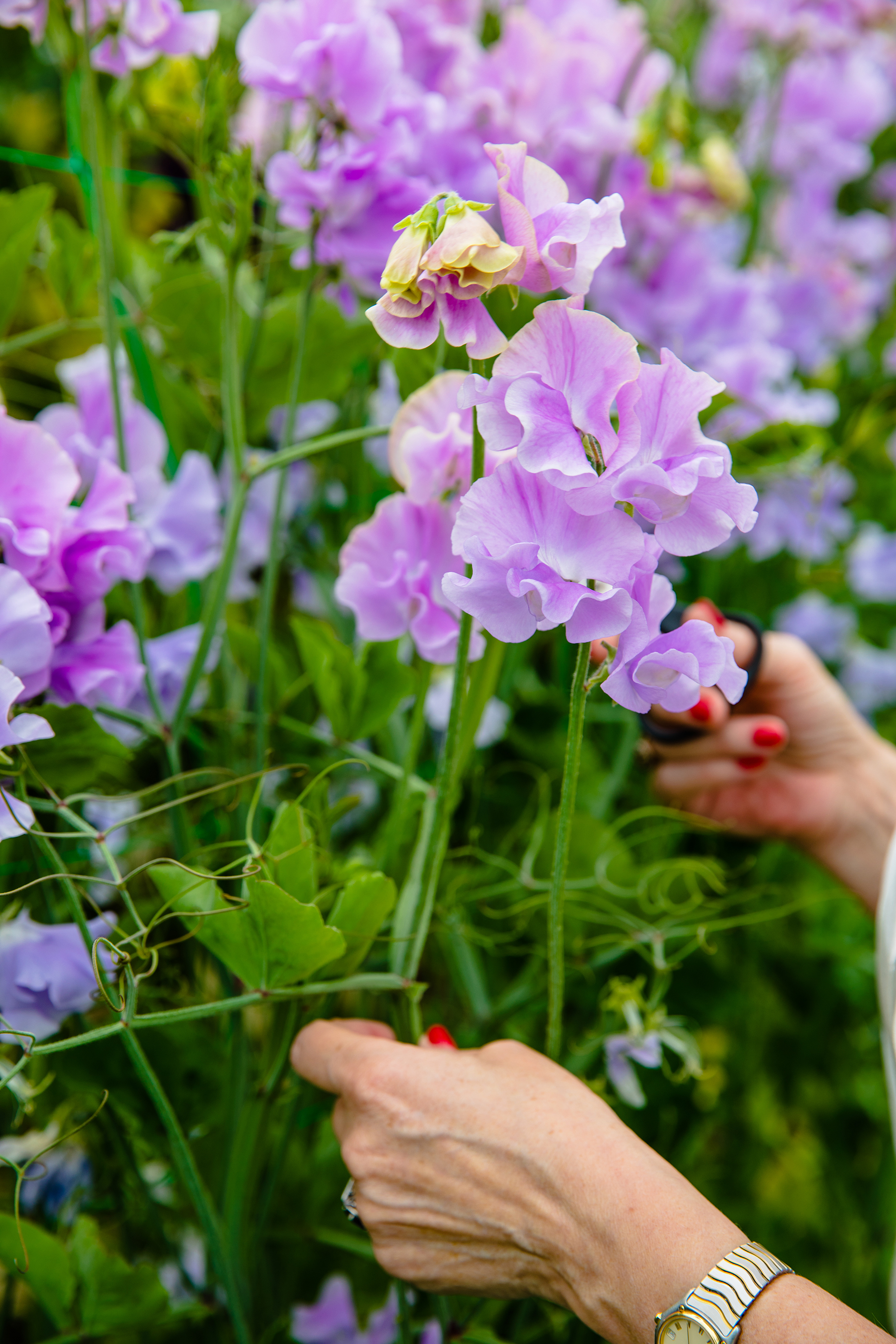
1. Sweet peas
These beautifully fragrant, colorful flowers with their delicate frilly blooms make excellent cottage garden plants.
'By sowing sweet peas in October, you will have bigger plants with a stronger root system that should give flowers next spring earlier and last longer,' explains gardening guru Monty Don in his monthly tips and advice.
You will, however, need to protect the young plants over winter if the weather is bad. Monty advises that he sows some in October and another round in February, 'to spread the risk.'
Sow the sweet peas in small pots and place them in a cold frame over winter for planting out in the spring. 'They only need protection from hard frosts, mice and becoming sodden, so do not provide any extra heat,' Monty adds.
Our advice on how to grow sweet peas will ensure yours are bursting with blooms.
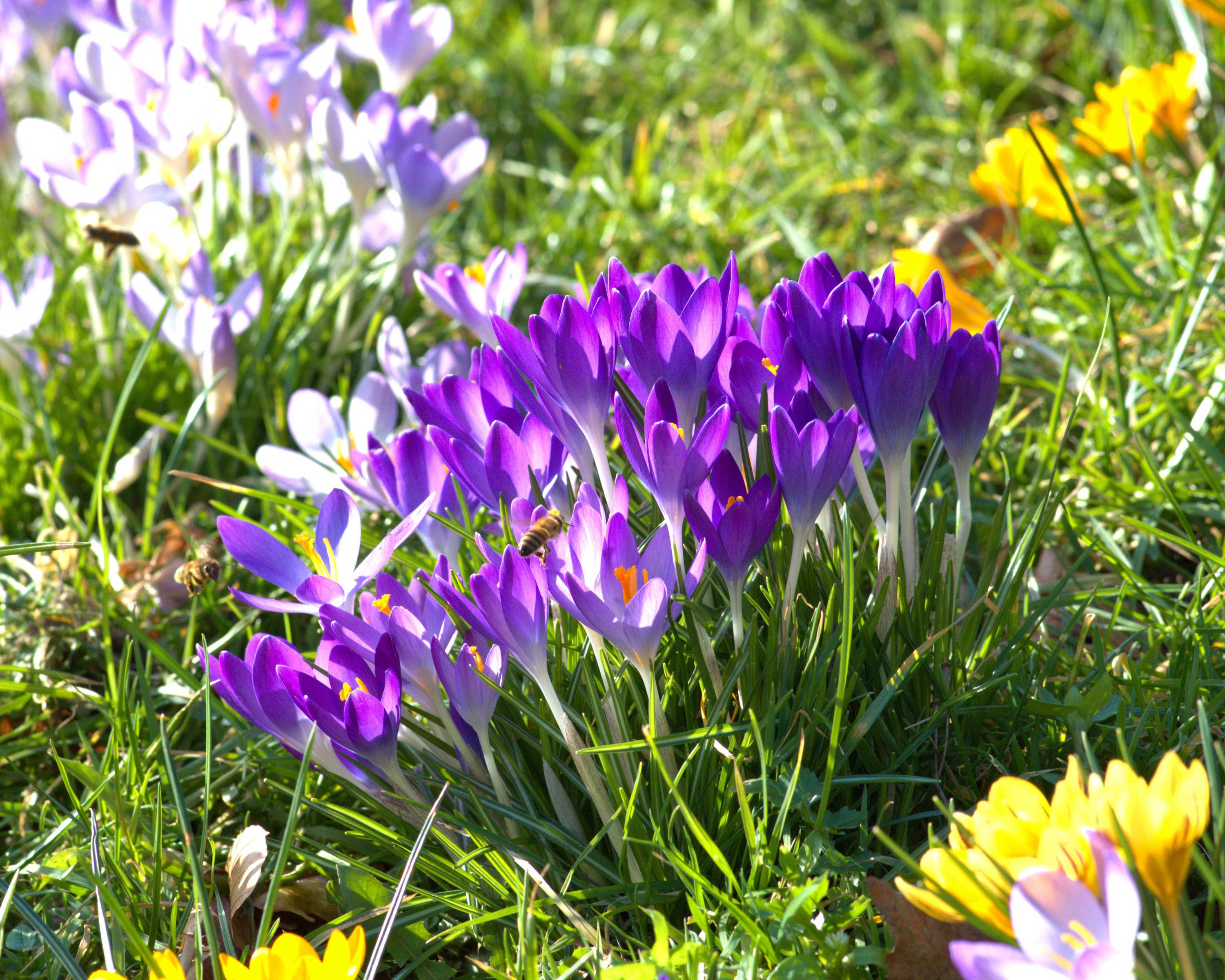
2. Crocus
Plant crocus bulbs now for a glorious spring display. Plant them in clusters, dotted through borders, or you can even naturalise them in grass for a woodland effect.
Crocuses can start blooming during winter, even when there is snow on the ground. What's more, once planted in your garden, they can naturalize and spread, coming back year after year to fill your late winter and early spring garden with color, requiring very little input and maintenance from you.

3. Wildflowers
Wildflowers will not only add a varied and vibrant palette of flowers to your garden, but are also excellent for nature providing bees, butterflies and other essential pollinators with vital food.
Planting wildflowers is one of many wildlife garden ideas, and fall is the best time to sow wildflower seeds, as this will give the earliest display of blooms.
Poor soil conditions are the best for growing wildflowers – so no need to enrich the soil before you scatter. Clear an area to give the wildflowers the best chance of germination and sow the seeds generously over the area.
You could even create a little wildflower meadow area in your back yard. 'It will then gradually just self-sow from one year to the next and you’ll get more and more and more flowering,' advises Sarah Raven.
Shrubs to plant in October
October is a good time to plant shrubs because the cooler temperatures of fall aren’t as stressful on plants.
When the air temperature is cool but the soil still retains some warmth, plants are encouraged to put out root growth.
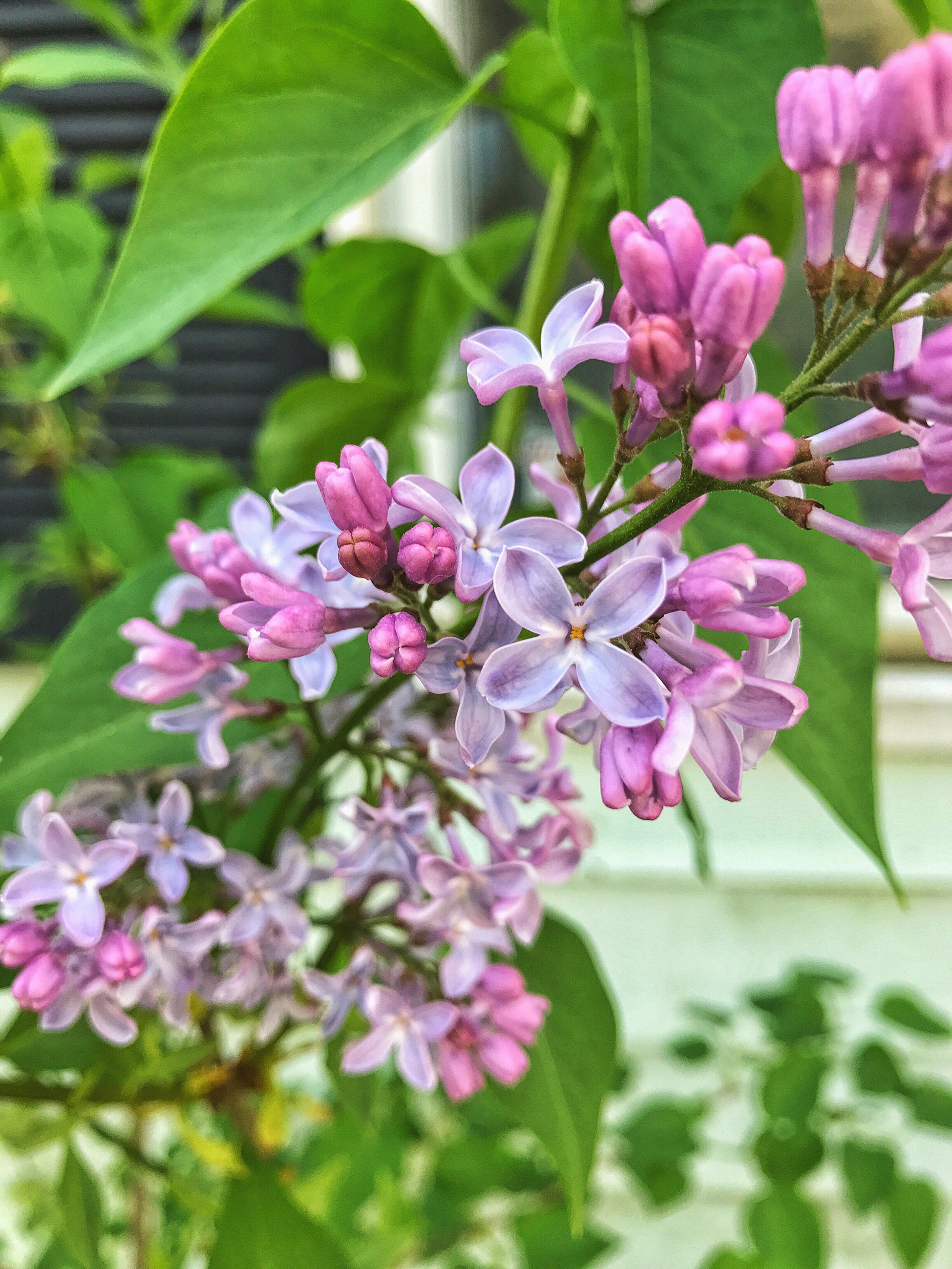
1. Lilac
The colorful and fragrant blooms of lilac are a joyful sign of spring. There are many varieties and cultivars available, producing panicles of flowers in shades of white, purple and pink.
The best time to plant these deciduous shrubs is in fall, before the ground freezes. They love a sunny spot, in moist, well-drained soil that is slightly alkaline.
Once you have enjoyed the first spring of your shrub's blooms, be sure to know how to prune lilac to keep it looking its best, year after year.
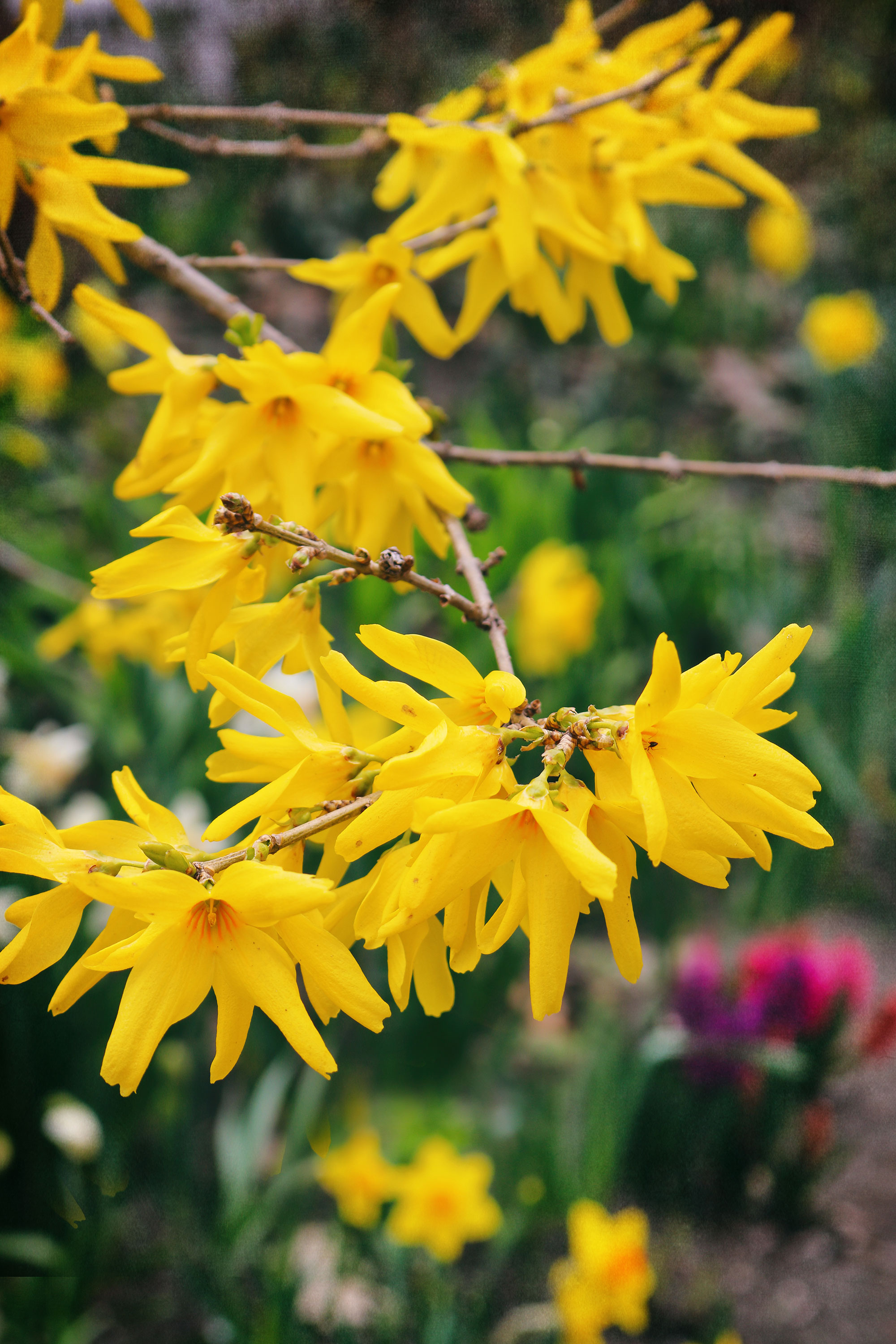
2. Forsythia
Producing cheery yellow flowers on its arching branches, the perennial Forsythia is one of the first bushes to bloom in spring and looks fantastic in borders.
'Forsythia is an easy to grow shrub, which is easy to prune and will last for many years,' explain the experts at Thompson & Morgan.
October is the perfect time to plant this shrub, so long as the soil isn't frozen, too wet or too dry.
Forsythia blooms best in full sun, and likes moist, fertile soil, so add in some compost before planting if required.
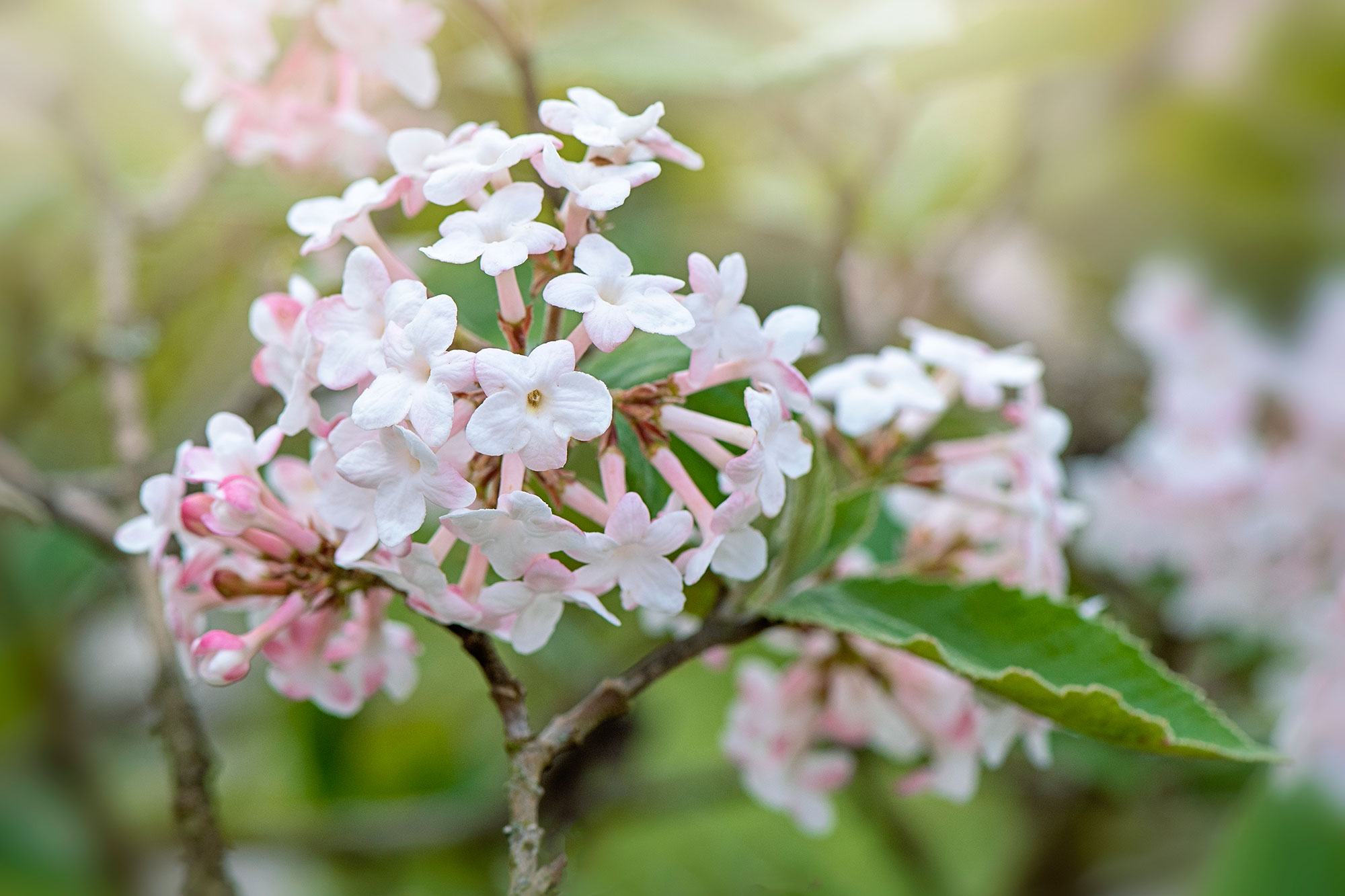
3. Viburnum
Available as either evergreen or deciduous varieties, viburnums are easy to grow shrubs that produce white or pink blooms in early spring.
Plant outside in October, and although viburnum are tolerant of a wide range of soils and conditions, they will thrive in an open sunny position, in any good, well drained soil.
'Most viburnum will grow in full sun or part shade. For best flowering provide at least 4 to 5 hours of direct sunlight or all-day lightly filtered sun,' explain the experts at Wilson Bros Gardens.
Fruit trees to plant in October
An excellent choice for what to plant in October is bare root fruit trees.
Fall is the ideal season to plant many bare root fruit trees - which is when deciduous plants are lifted from the ground while they are leafless and dormant with no soil around their roots.
Once they are planted the trees put all of their energy into establishing the roots below ground, so that once spring arrives, they are ready to burst into life and growth.
The bonus of planting bare root is that is it generally cheaper than buying potted plants. Added to which you can tick the environmental box as there is less use of plastic with no need for a pot.
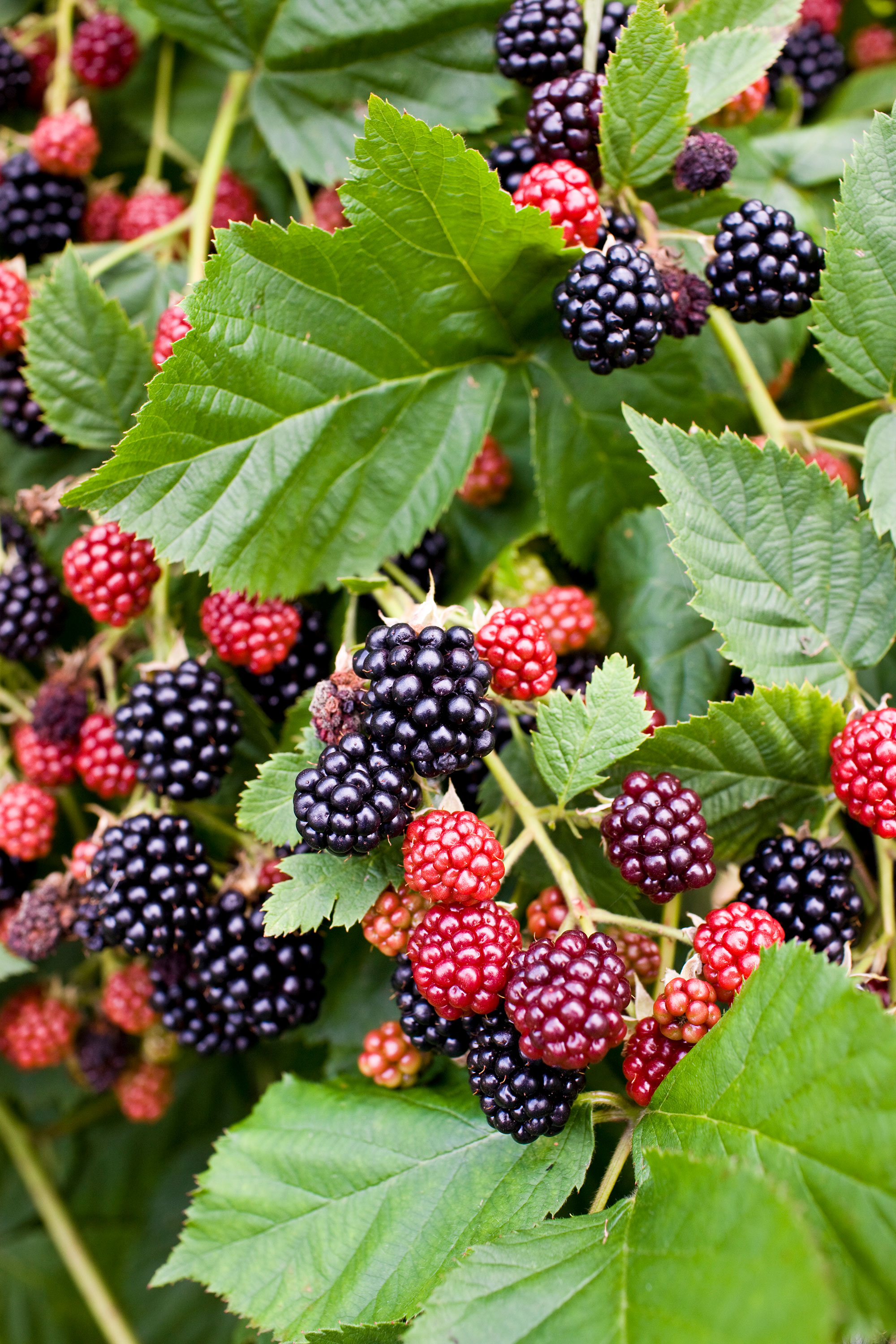
1. Blackberries
Who doesn't love a deliciously sweet and plump blackberry? And with your own blackberry tree in the back yard you can have a harvest close at hand for any snacking, dessert or preserving plans.
'You will have a wider range of cultivars and rootstocks to select from with bare root fruit trees. They will also establish better,' explains gardening expert Leigh Clapp.
Plant bare root blackberry trees as soon as possible after receiving them, soaking the roots in a bucket of water for a couple of hours before planting.
It is important to thoroughly water the new tree. 'One of the biggest issues facing a transplanted fruit tree’s establishment is access to water for the tree to effectively carry on growing. Pot grown trees are grown in compost, which is very different to soil in terms of water retention; once planted in soil there will be a barrier where the roots will face different conditions,’ explains Nursery Manager, Karim Habibi, of specialist fruit tree nursery, Keepers.
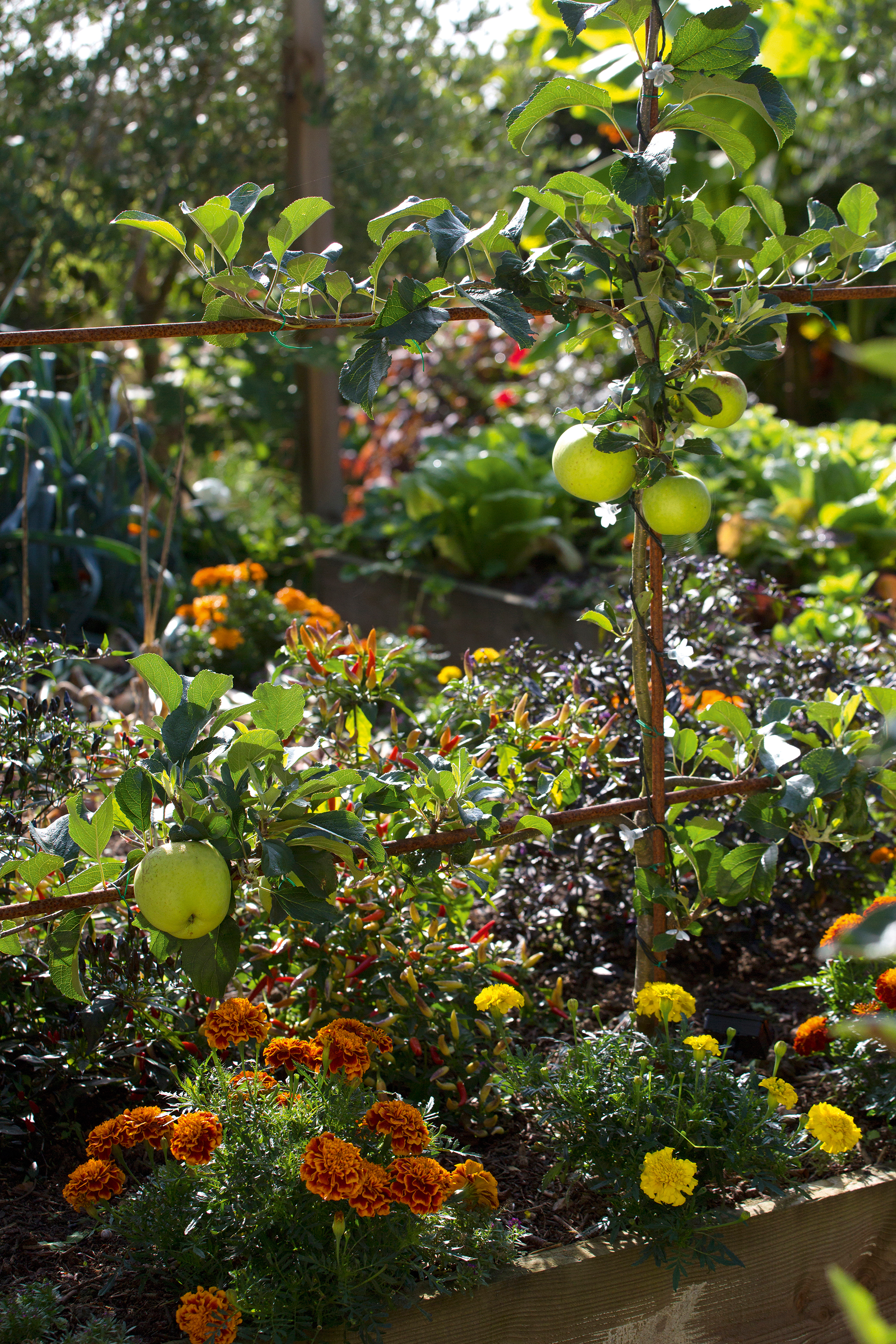
2. Apples
Apple trees are among the easiest fruit tree to grow and with so many varieties and cultivars available – from cooking apples to eating, sweet to sharp – you will be truly spoilt for choice.
'Whatever your choice of bare root apple tree, know the size of the plant at maturity to ensure you allow enough space in your chosen location for growth and maintenance needs, such as pruning an apple tree,' advises Leigh Clapp.
Bare root apple trees should be planted from late fall. Dig a hole no deeper than the roots, but spread the roots out on the ground and make the hole three times diameter of the spread of the roots to allow them to establish well.
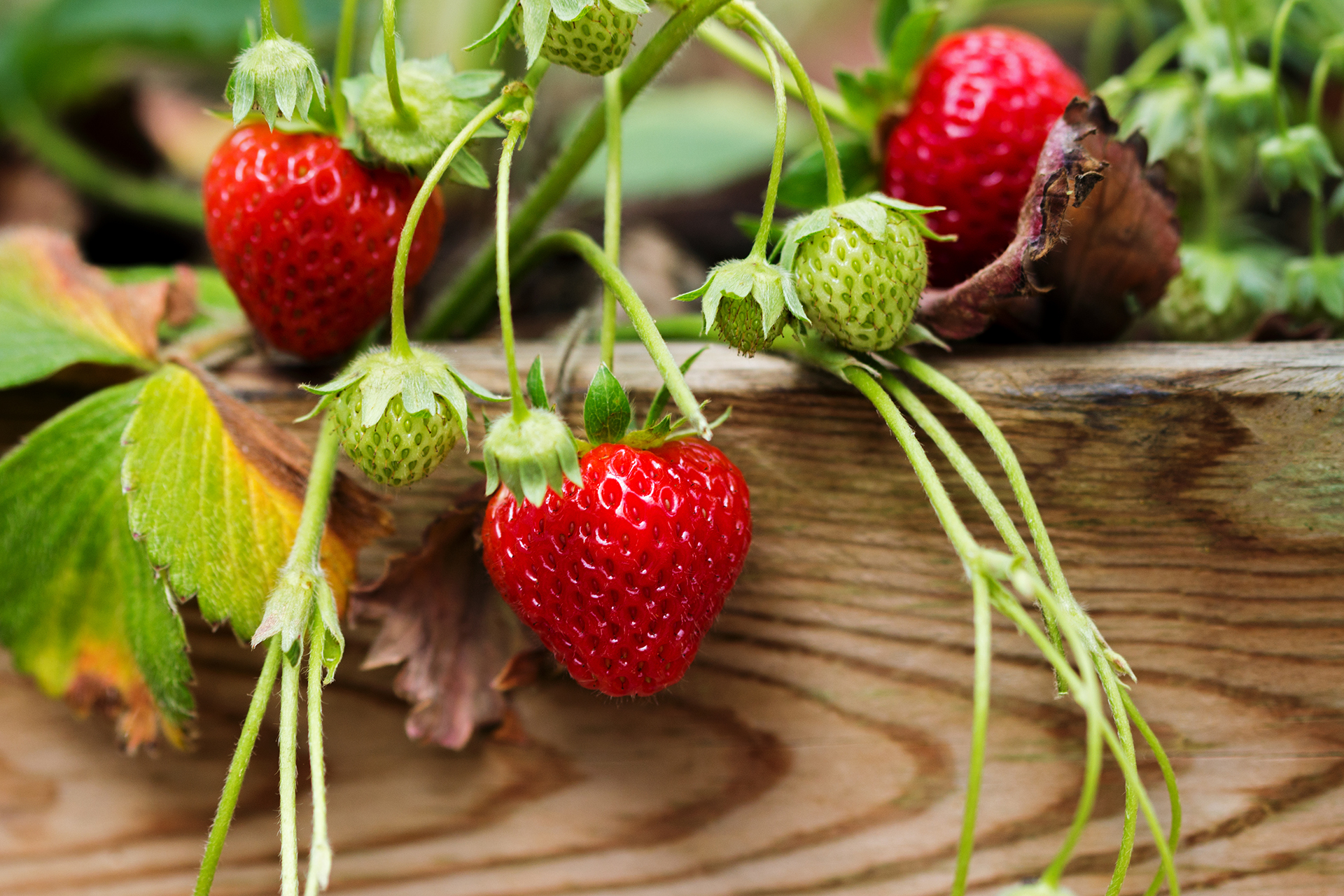
3. Strawberries
It's not too late to plant out strawberry runners if you get them in towards the beginning of October.
Before planting them in the ground, dig in some good fork fulls of well-rotted manure or compost. Make sure the crown of the plant sits on the surface as if is is planted too deep it is prone to rot.
There are a number of methods for how to grow strawberries but with patience and care, you can enjoy your own homegrown offerings of this popular fruit.
This feature was created by H&G sister brand, Period Living magazine
Subscribe to Period Living for more inspiration
Period Living is the UK's best-selling period homes magazine. A subscription provides you with all you need to know about caring for and improving a traditional house and garden
Sign up to the Homes & Gardens newsletter
Design expertise in your inbox – from inspiring decorating ideas and beautiful celebrity homes to practical gardening advice and shopping round-ups.
Rachel is senior content editor, and writes gardening content for homesandgardens.com, Homes & Gardens magazine, and its sister titles Period Living Magazine and Country Homes & Interiors. She has written for lifestyle magazines for many years, with a particular focus on gardening, historic houses and arts and crafts, but started out her journalism career in BBC radio, where she enjoyed reporting on and writing programme scripts for all manner of stories. Rachel then moved into regional lifestyle magazines, where the topics she wrote about, and people she interviewed, were as varied and eclectic as they were on radio. Always harboring a passion for homes and gardens, she jumped at the opportunity to work on The English Home and The English Garden magazines for a number of years, before joining the Period Living team.
-
 How to clean a patio – 6 different methods, and when you must use a chemical cleaning agent
How to clean a patio – 6 different methods, and when you must use a chemical cleaning agentFrom manual scrubbing, natural solutions or calling in the pros, industry experts reveal the benefits and considerations of each method
By Andy van Terheyden Published
-
 Kris Jenner's favorite air fryer, the Ninja Crispi, is the perfect small kitchen solution – it deserves a place on the most compact of countertops
Kris Jenner's favorite air fryer, the Ninja Crispi, is the perfect small kitchen solution – it deserves a place on the most compact of countertopsKris approves of this compact yet powerful air fryer, and so do our own kitchen appliance experts, praising it for its multifunctionality
By Hannah Ziegler Published
-
 Water garden ideas – 9 ways to introduce soothing water to your outdoor space
Water garden ideas – 9 ways to introduce soothing water to your outdoor spaceFrom cascading fountains to wildlife ponds, there are plenty of ways to create a tranquil water garden
By Leigh Clapp Published
-
 How to grow poppies
How to grow poppiesFind out how to grow poppies to enjoy the beauty of these brightly colored tissue paper-like blooms
By Leigh Clapp Published
-
 How to grow delphiniums from seed
How to grow delphiniums from seedFind out how to grow delphiniums from seed and enjoy these colorful cottage garden favorites filling beds and borders
By Leigh Clapp Published
-
 How to grow ferns – when and how to plant and care for them
How to grow ferns – when and how to plant and care for themLearn how to grow ferns to enjoy the texture and form of these versatile plants in many areas of your garden
By Leigh Clapp Published
-
 How to grow sweet peas from seed – in borders and pots
How to grow sweet peas from seed – in borders and potsFind out how to grow sweet peas and where to enjoy their wonderful color, ruffled blooms and sweet fragrance in your garden
By Pippa Blenkinsop Published
-
 How to make fat balls for birds – easy steps feed our feathered friends
How to make fat balls for birds – easy steps feed our feathered friendsLearn how to make fat balls for birds to ensure their wellbeing throughout the winter
By Holly Reaney Published
-
 Planning a kitchen garden – from layouts to picking the best crops
Planning a kitchen garden – from layouts to picking the best cropsPlanning a kitchen garden is easy with this expert advice – whether yours is in beds, borders or a dedicated patch – you're guaranteed success
By Leigh Clapp Published
-
 How to grow cosmos – expert tips on when and where to plant these flowers
How to grow cosmos – expert tips on when and where to plant these flowersLearn how to grow cosmos to add bright color in your garden from summer through to fall with their beautiful blooms
By Leigh Clapp Published
